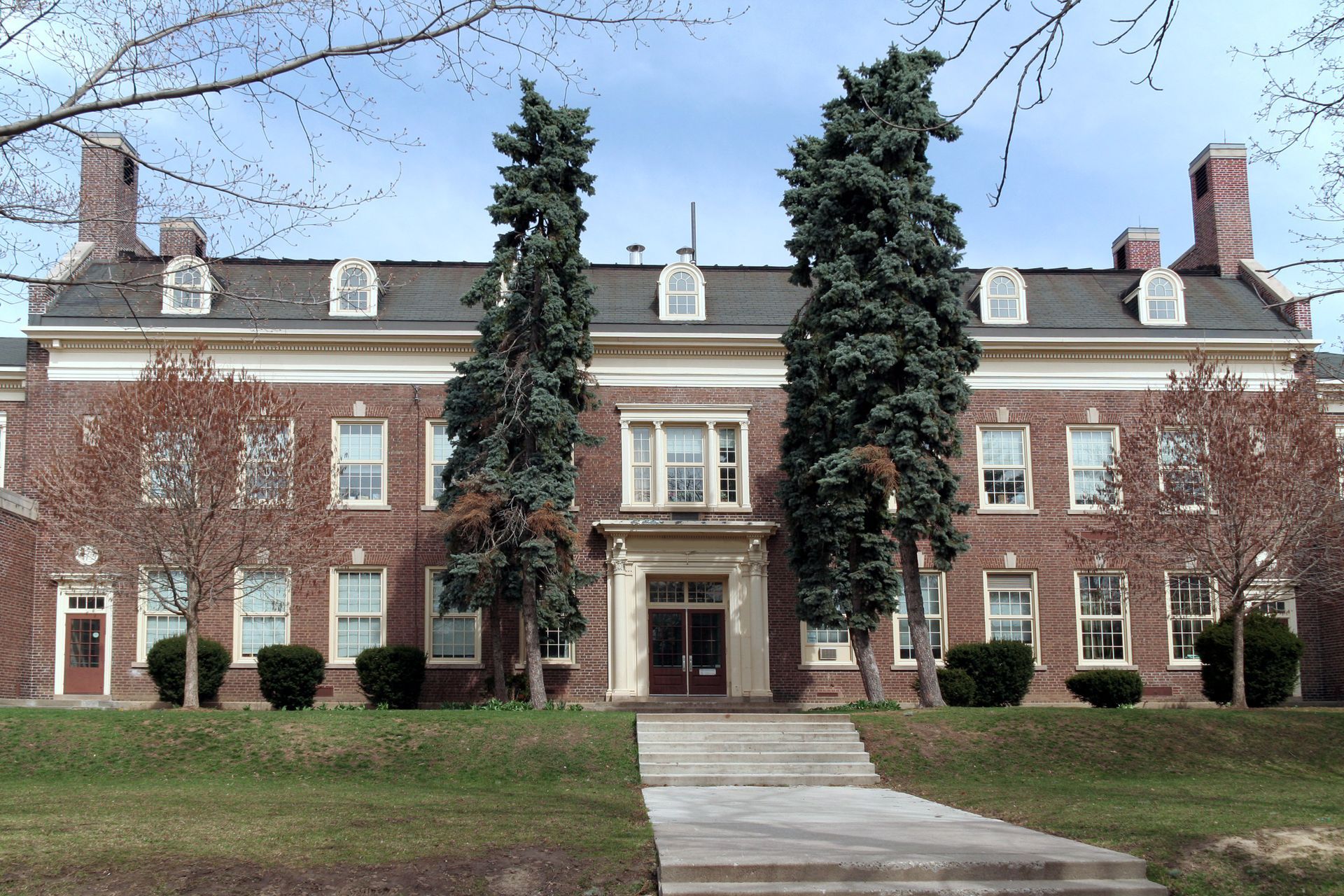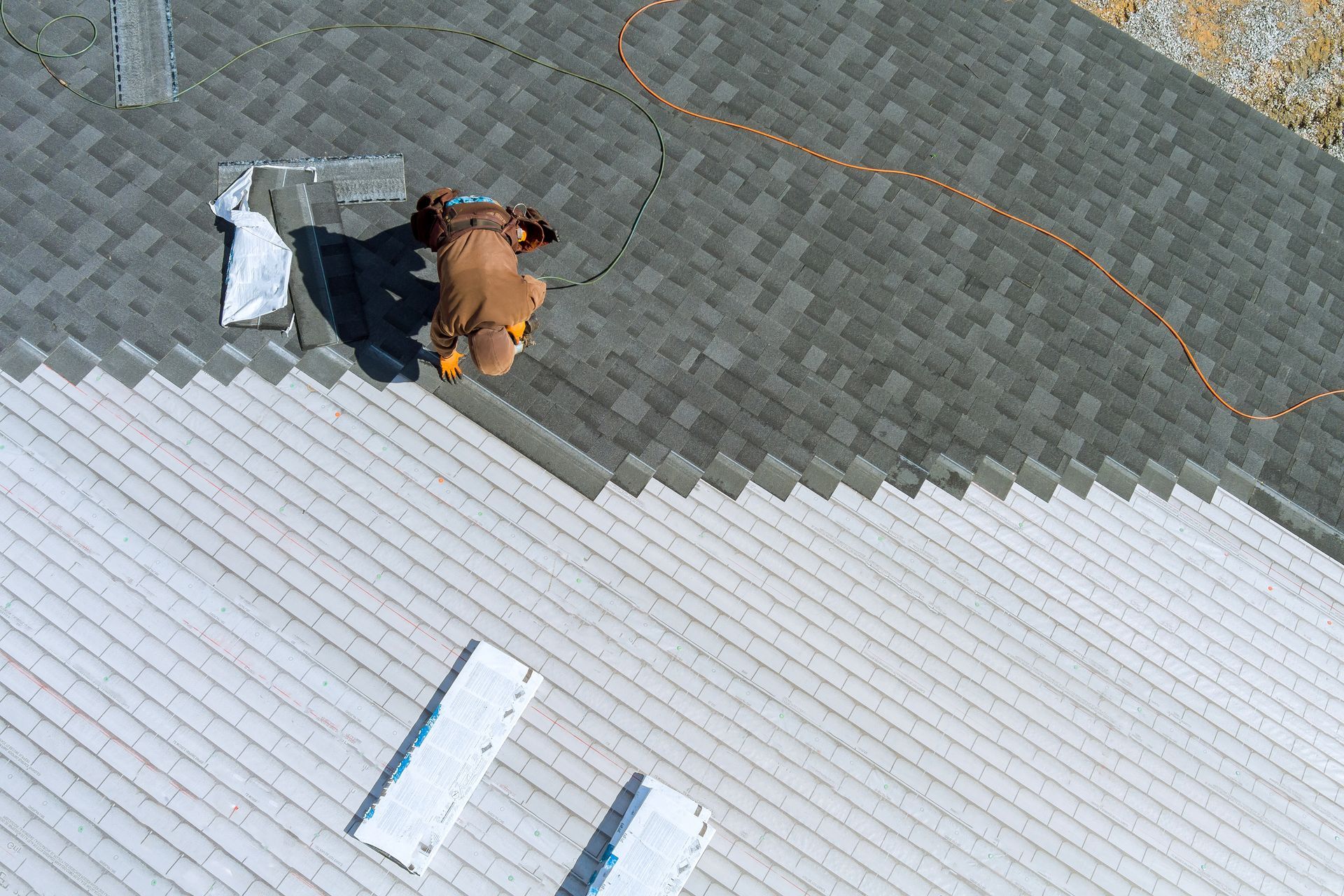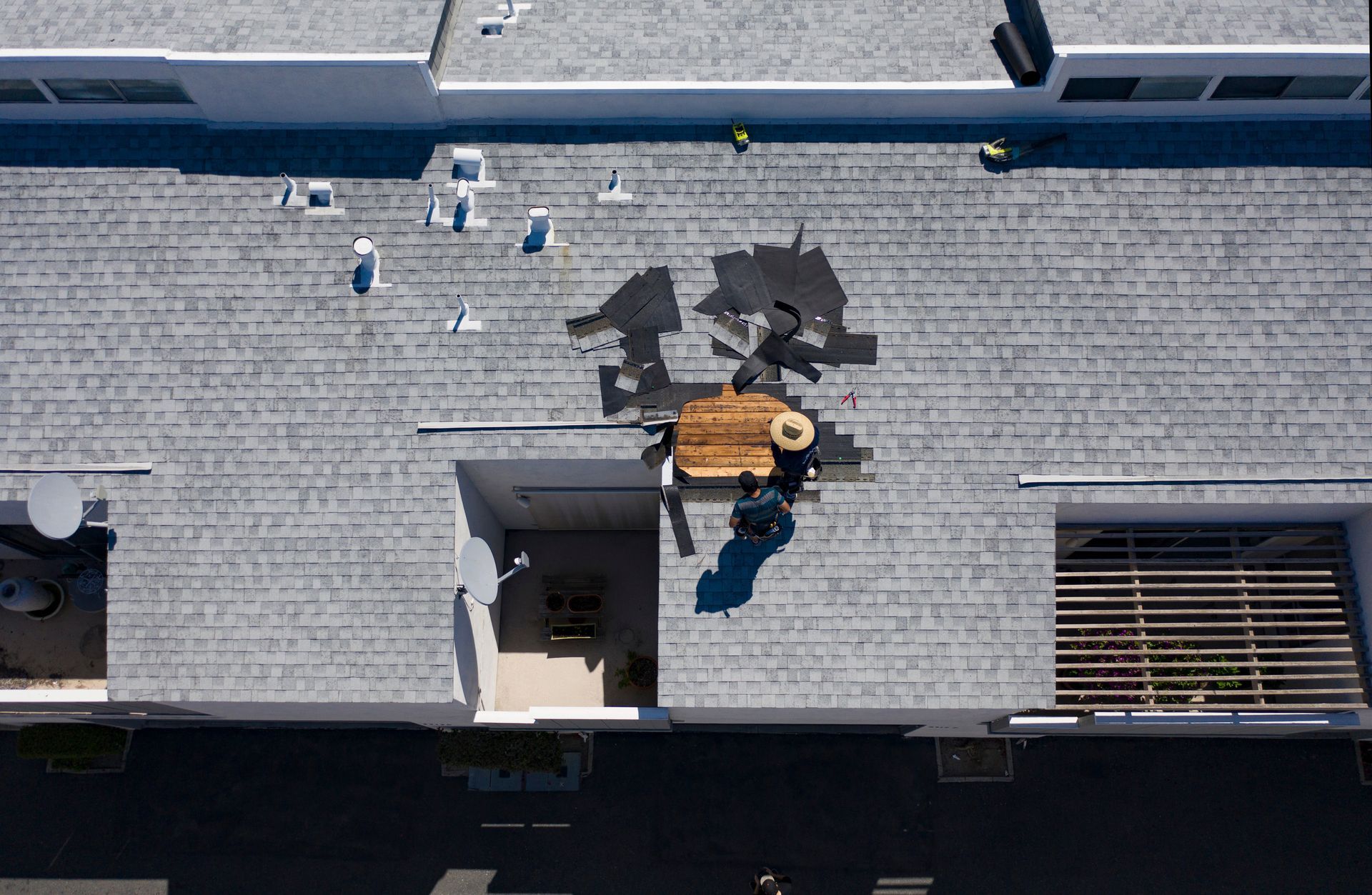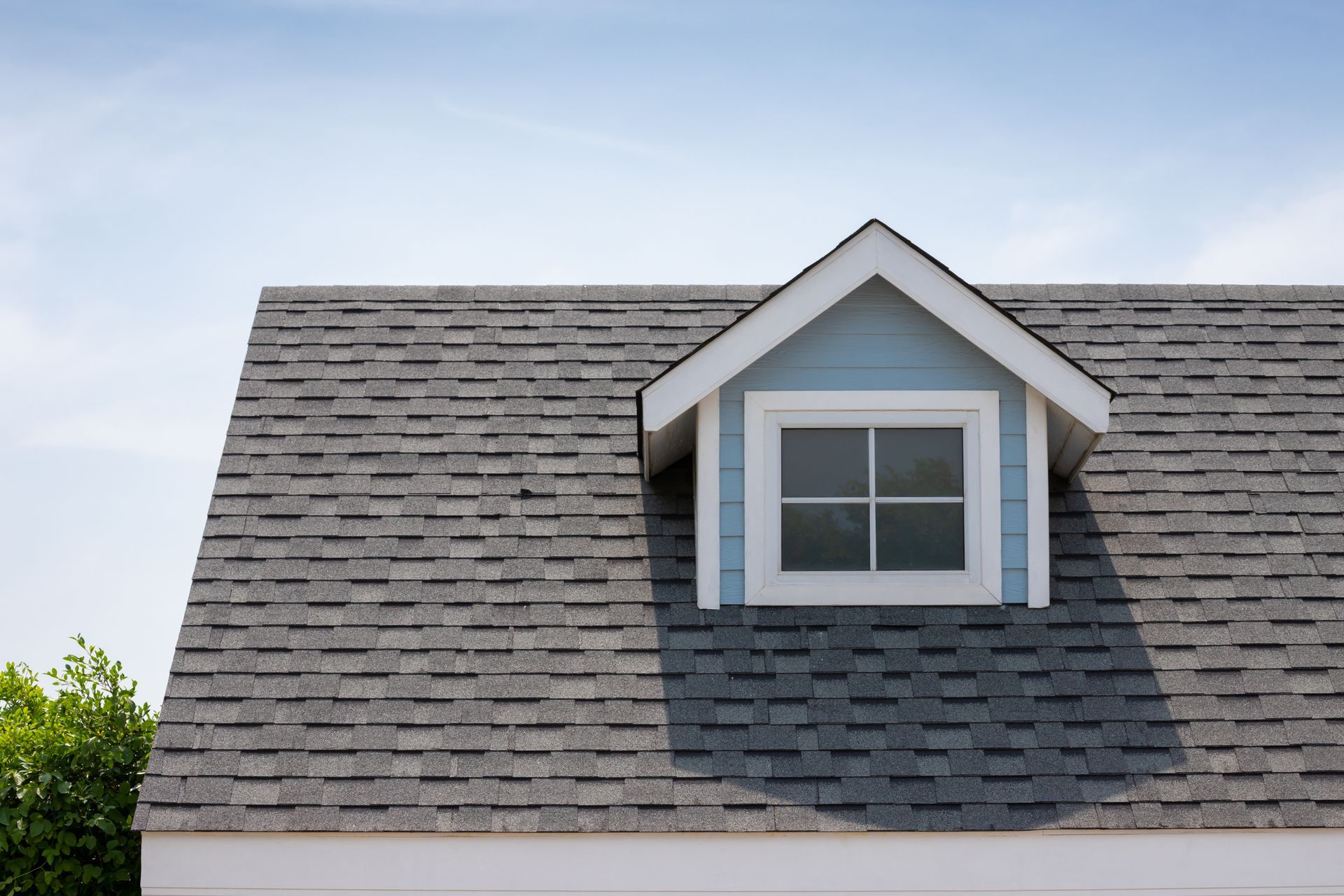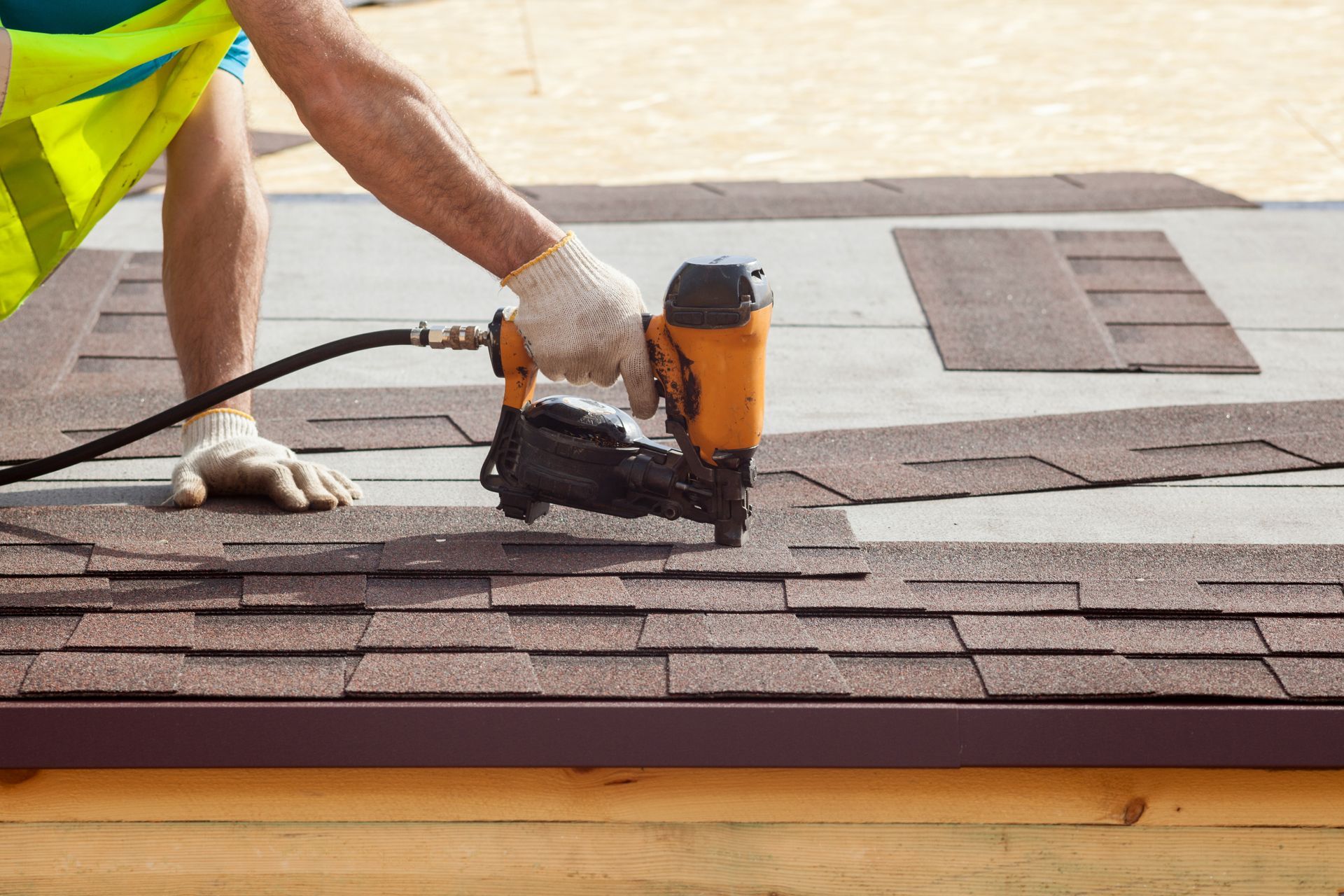Top 10 Warning Signs Your Roof Is Failing
A solid roof protects everything underneath it. But when problems start, they often show up in small ways before becoming serious and expensive. For homeowners and business owners, knowing the early signs of roof failure can help avoid bigger repairs and unexpected damage. At Roberts Roofs, we help customers across Western Massachusetts spot these issues early and keep their properties protected. Here are ten of the most common signs your roof might be failing and what they could mean.
The Top Signs to Look For on Your Roof
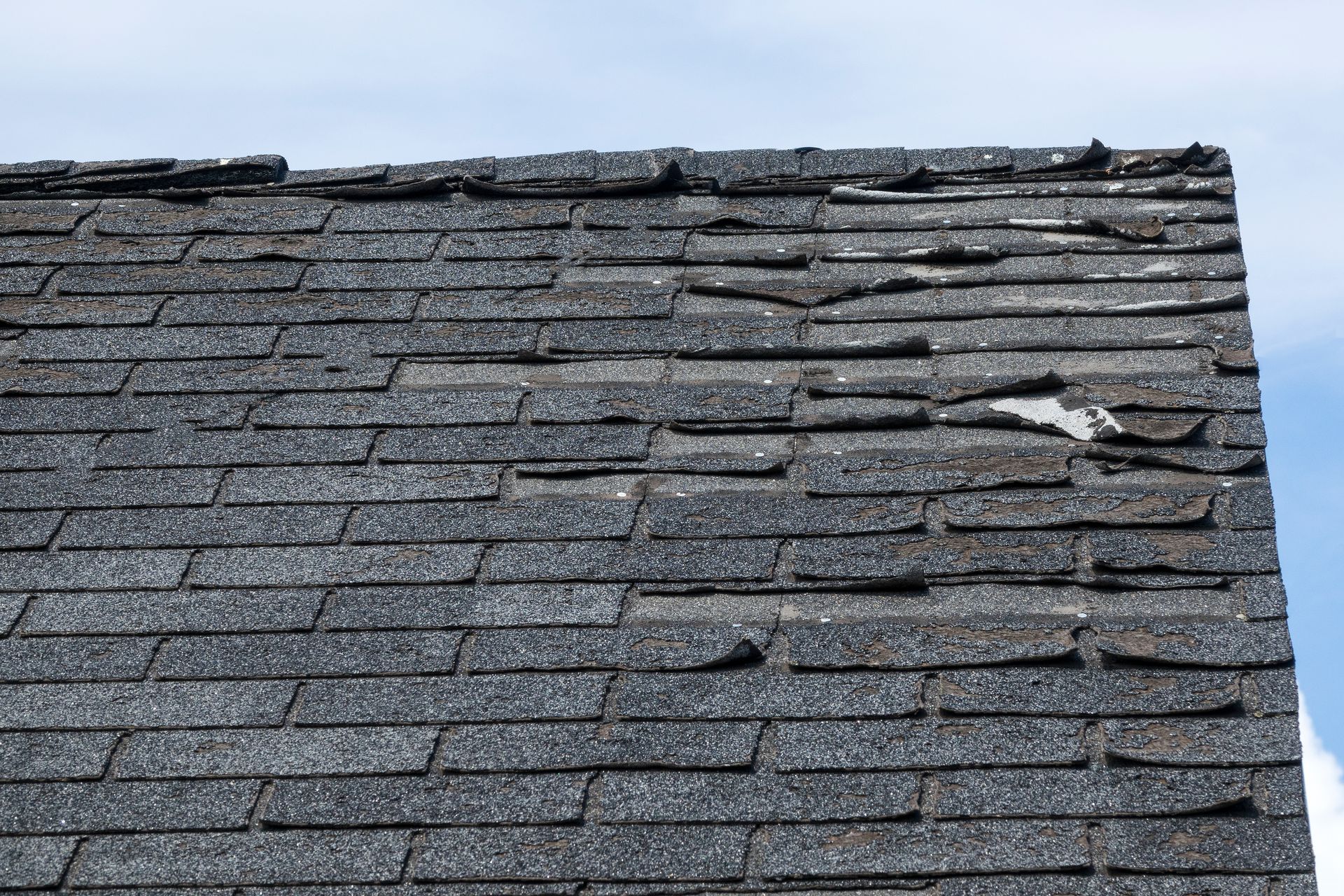
1. Water Spots on Your Ceiling
One of the most obvious signs of a roof leak is a water stain on the ceiling. These stains might look like brown or yellow spots and are usually a sign that water is getting in from above. Finding the source can be tricky since water often travels before it drips. It could be coming from missing shingles, a crack near a vent, or water backing up from ice dams near the eaves. Checking your attic can also help you trace where the leak begins. If you see wet wood, damp insulation, or mold near the rafters, it is time to get your roof inspected.
2. Damaged or Loose Flashing
Flashing is used to seal areas around chimneys, vents, skylights, and roof edges. If it becomes loose, cracked, or pulls away, water can easily slip underneath. This is often caused by improper installation or by years of wear and tear. Even if your shingles look fine, bad flashing can let in water and cause hidden damage. In many cases, flashing can be repaired without replacing the entire roof, but quick attention is key.
3. Missing Shingles
Strong winds, heavy rain, or aging materials can cause shingles to go missing. When a few are gone, the area underneath is exposed to the elements, which increases the risk of leaks and further damage. Replacing individual shingles is usually possible if the rest of the roof is in good shape. But if shingles keep coming loose or if many are missing, it may be a sign that the roof is reaching the end of its life.
4. Buckling or Curling Shingles
If you see shingles that are bending upward or curling at the corners, that is a warning sign. Buckling often comes from poor ventilation or movement in the deck under the roof. Curling can be caused by nails being too high, lack of fastening, or old materials drying out. Both issues can allow water to sneak under the surface and weaken the structure below. It also reduces how well your roof can protect your home from future storms.
5. Blistering
Blisters appear as small bubbles or raised spots on shingles. These are often caused by trapped moisture or installing shingles over a damp surface. While a few blisters may not be urgent, too many can weaken the shingles and make them more likely to crack or break. If you are seeing blistering across large areas of your roof, it is worth having it checked to avoid bigger problems.
6. Algae or Moss Growth
Algae often appears as black streaks across your roof. Moss can form green clumps in shady or damp areas. While these do not immediately harm your roof, they hold moisture, which can shorten the roof’s lifespan. Algae-resistant shingles are available in areas where this is a common issue. Cleaning may help, but persistent growth could be a sign your roof is staying wet for too long.
7. Missing Granules
As shingles age, they begin to lose the gritty granules that coat their surface. These granules protect against the sun and help with water runoff. If you are finding them in your gutters or around your property, your shingles may be wearing out. Once granules are gone, shingles lose their strength and become more vulnerable to leaks and cracking.
8. Rotting Shingles
Rotting is a sign of deep moisture damage. It often happens when organic-based shingles absorb water and begin to break down from the inside. This weakens the structure of your roof and allows mold or mildew to grow. If you notice sagging areas or soft spots when walking on the roof, it may be due to rotting shingles or decking underneath.
9. Sagging Roof Lines
Your roof should have a straight, even appearance. If you see parts that are dipping, bowing, or uneven, it could mean there is damage underneath. This is often caused by trapped moisture, failing supports, or old materials. A sagging roof should be addressed immediately to avoid serious structural issues.
10. Rising Energy Bills
If your heating and cooling costs are creeping up, your roof might be part of the problem. Damaged shingles, missing insulation, or poor ventilation can let air escape, making your home less efficient. Roof issues do not always show up as leaks. Sometimes the first sign is a change in your energy use. An inspection can help identify where energy is being lost.
Let Roberts Roofs Help You Stay Protected
If you are seeing any of these warning signs, do not wait. A small problem can turn into a big one quickly, especially in the harsh weather conditions we see in the Western Massachusetts area. At Roberts Roofs, we offer free inspections to help homeowners get ahead of damage and keep their roof in top shape.
Contact us today to schedule your quote or inspection. Let us help you stay protected with a roof that is built to last.
